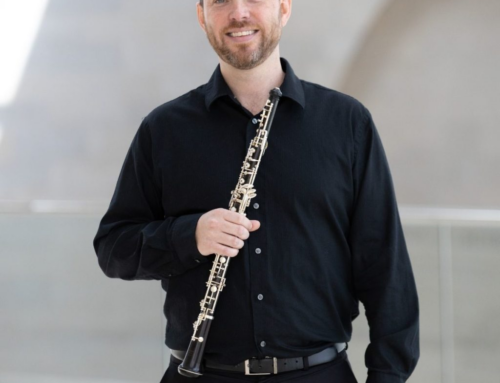As neighborhood resident and longtime Back Talk reader and commenter Quentin Mendoza discovered when trying to post a response to my recent blog post about DISD’s TAG and magnet funding inequities, our comments really are limited to 2000 characters — if you exceed the limit, the post won’t go up. We’re not trying to discourage comments; instead, we’re trying to limit lengthy comments that can easily turn into interminable treatises on all kinds of issues.
But Quentin’s comments are always on-point and thoughtful, so rather than ask him to chop the comments down, we’re posting them here to provide another perspective on the issue. Here’s what Quentin has to say (the first paragraph is here, and there’s more if you click on the blue "jump" line…)
"Money should be attached to the individual students rather than the schools. If the average cost to educate a student is $50,000, then that money should go the school that student attends. Maybe I don’t understand the finer details of the situation, but it doesn’t seem any fairer for a school with 1000 students to receive the same amount of funding as a student with 500.
As for the rest of your post…wow…you touch on several issues, and I’m not sure where to begin, and I certainly don’t want to offend anybody.
• I don’t think all schools can be all things to all students. Students with special needs, on both ends of the spectrum, should be afforded the opportunity to meet those needs. Further, college isn’t necessarily the best option for everyone, and sometimes vocational training is more appropriate.
• A two-class system may very well exist at Woodrow. I can only make that assumptions based on what I’ve seen and heard from parents with students there. It just seems that the magnet schools bother the middle and upper class parents more because it cuts into their "choose Woodrow" agenda. Yet, they don’t seem to mind this nearly as much when it occurs within their neighborhood school.
• I’ve met more than a couple of parents who are, frankly, a bit snobbish and condescending because they or their children "chose Woodrow".
• There is plenty of diversity at Townview, both racial and economic. Further, let’s not forget that it’s in the southern sector, a far cry from the pristine environs of Hockaday and Greenhill. The major difference between Townview and many neighborhood schools is that 99.9% of the students want to be there, and 99.9% of their parents care about their children’s education. The most frustrating thing about being at a neighborhood school is that thousands of volunteer hours are put in by the same dozen or so sets of parents who are then criticized and ignored by less involved members of the community. It’s exhausting.
Listen, I’m not saying that funding shouldn’t be equalized, I merely saying that specialization is sometimes a necessity, and what’s best for your kid may not be what’s best for mine. In addition, just because segregation doesn’t legally exist any longer doesn’t mean it doesn’t still exist institutionally exist? C’mon…you don’t seriously believe that simply because we elected a black president that racism is a thing of the past?





